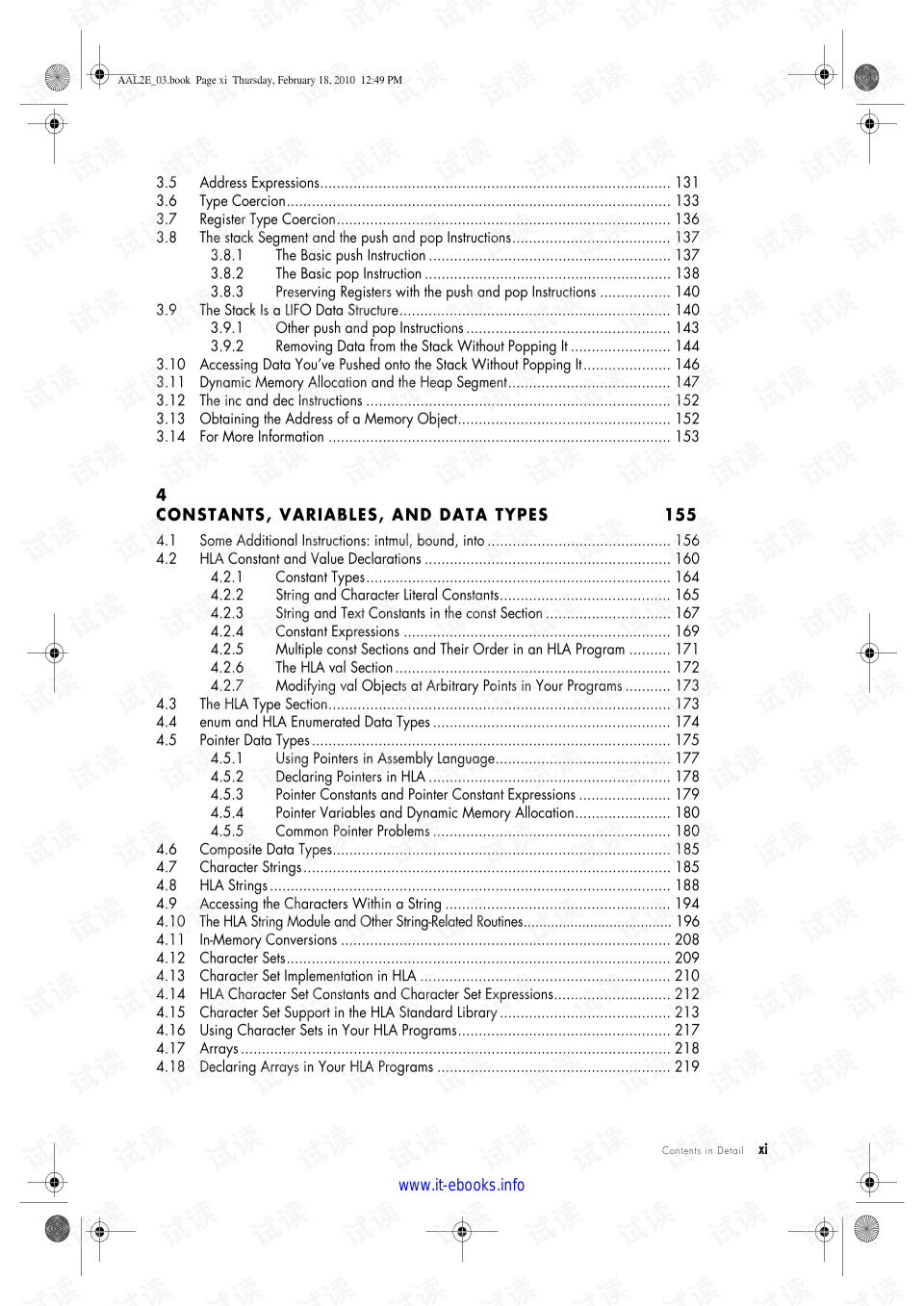Title: Mastering the art of cleaning leather sofas: A comprehensive guide for maintaining their elegance and comfort
Cleaning leather sofas can be a daunting task, especially if you want to maintain their elegant and comfortable appearance. The key is to use the right techniques and products that won't damage the leather. In this comprehensive guide, we will cover everything you need to know about cleaning leather sofas, from identifying the best cleaning products to avoiding common mistakes. We'll also provide step-by-step instructions for each cleaning method, including dry cleaning, wet cleaning, and steam cleaning. Whether you have a soft or hard leather sofa, we've got you covered with our tips and tricks for keeping your leather sofa looking its best. So why wait? Start mastering the art of cleaning leather sofas today and enjoy the beauty and comfort of your well-maintained furniture!
Leather sofas are a beautiful addition to any living space, providing both style and functionality. However, with their intricate designs and natural oils, they require special care to maintain their appearance and durability. In this article, we'll explore the best methods for cleaning and maintaining your leather sofa, so it can continue to look and feel like new.

Section 1: Understanding Leather Sofas
It's important to have a basic understanding of leather before diving into cleaning techniques. Leather is made from animal hides that have been treated and processed in various ways. The quality of the leather, the way it was treated, and where it was sourced all impact how it should be cared for.
There are two main types of leather: genuine leather and synthetic leather. Genuine leather is made from animal hides and is considered the highest quality. It has a unique texture and may have natural imperfections. Synthetic leather, on the other hand, is made from plastic materials and may not have the same texture or appearance as genuine leather.
When cleaning leather, it's important to use gentle cleaners that won't damage the leather or cause it to dry out. Harsh chemicals canstrip away the natural oilsin the leather, making it dry and brittle.
Section 2: Regular Cleaning
The key to keeping your leather sofa looking its best is regular cleaning. This includes dusting the surface regularly with a soft cloth, using a vacuum cleaner with a soft brush attachment to remove dust and dirt, and applying a conditioner every few months to help protect the leather and keep it soft.
When it's time for a deeper clean, start by testing a small, inconspicuous area of the sofa to ensure that the cleaning solution will not damage the leather. Then, mix a cleaning solution made from warm water and mild detergent or soap. Apply the solution to the sofa using a sponge or cloth, working in small areas or stains at a time. Use a clean cloth to wipe away any excess liquid.

After cleaning, rinse the sofa thoroughly with clean water to remove any residue or cleaner that may be left behind. Let the sofa air dry completely before using again.
Section 3: Dealing with Stains
Although you can't always prevent stains from forming on your leather sofa, there are steps you can take to minimize their impact. For example, avoid placing drinks or food directly on the sofa, use coasters or placemats to protect the surface, and clean up spills immediately.
If a stain does occur, act quickly to remove it before it sets in. The longer a stain sits, the harder it will be to remove. For oil-based stains (such as those from coffee or oil), mix a small amount of baking soda with water to create a paste and apply it to the stain. Let it sit for several hours or overnight, then blot it away with a clean cloth.
For water-based stains (such as those from wine or juice), start by blotting the stain with a clean cloth to remove as much liquid as possible. Then, mix a solution of equal parts white vinegar and water and apply it to the stain using a clean cloth. Let it sit for several minutes, then blot it away with a clean cloth. Repeat as necessary until the stain is removed.
Once you've removed any stains, be sure to treat your leather sofa with a conditioner to help restore its natural oils and protect it from future stains.
Section 4: Avoiding Common Mistakes

Despite your best efforts, sometimes mistakes happen. Here are some common errors to avoid when cleaning your leather sofa:
Using harsh chemicals: Avoid using abrasive cleaners or strong soaps that could strip away the natural oils in the leather. Instead, opt for gentle, pH-balanced cleaners designed specifically for leather.
Overdrying: After cleaning, be careful not to expose your leather sofa to direct sunlight or heat sources that could dry out the leather. Allow it to air dry completely before using again.
Not conditioning regularly: Just like with clothing, conditioning your leather sofa regularly can help keep it soft and supple over time. Make sure to treat your sofa with a conditioner every few months, or more frequently if it looks dry or stiff.
Section 5: Storing Your Leather Sofa
To extend the life of your leather sofa, make sure to properly store it when not in use. First, remove any cushions or pillows from the sofa and store them in a cool, dry place. Then, fold the remaining pieces of furniture in half to reduce wrinkles and store them in a dustbag or cover to protect them from dirt and dust. When storing your sofa during long periods of disuse
Articles related to the knowledge points of this article:
PP Cotton vs. Down Cotton: Which One is Better?
Title: The Multifaceted Role of Ties: Unraveling the Mysteries and Significance of Ties
Title: The Evolution of the Tie: A Comprehensive Guide to the Language of Ties
Title: The Top 10 Tie Brands in the World
SKECHERS Feathered Down Jacket: A Fashionable and Functional Winter Staple



